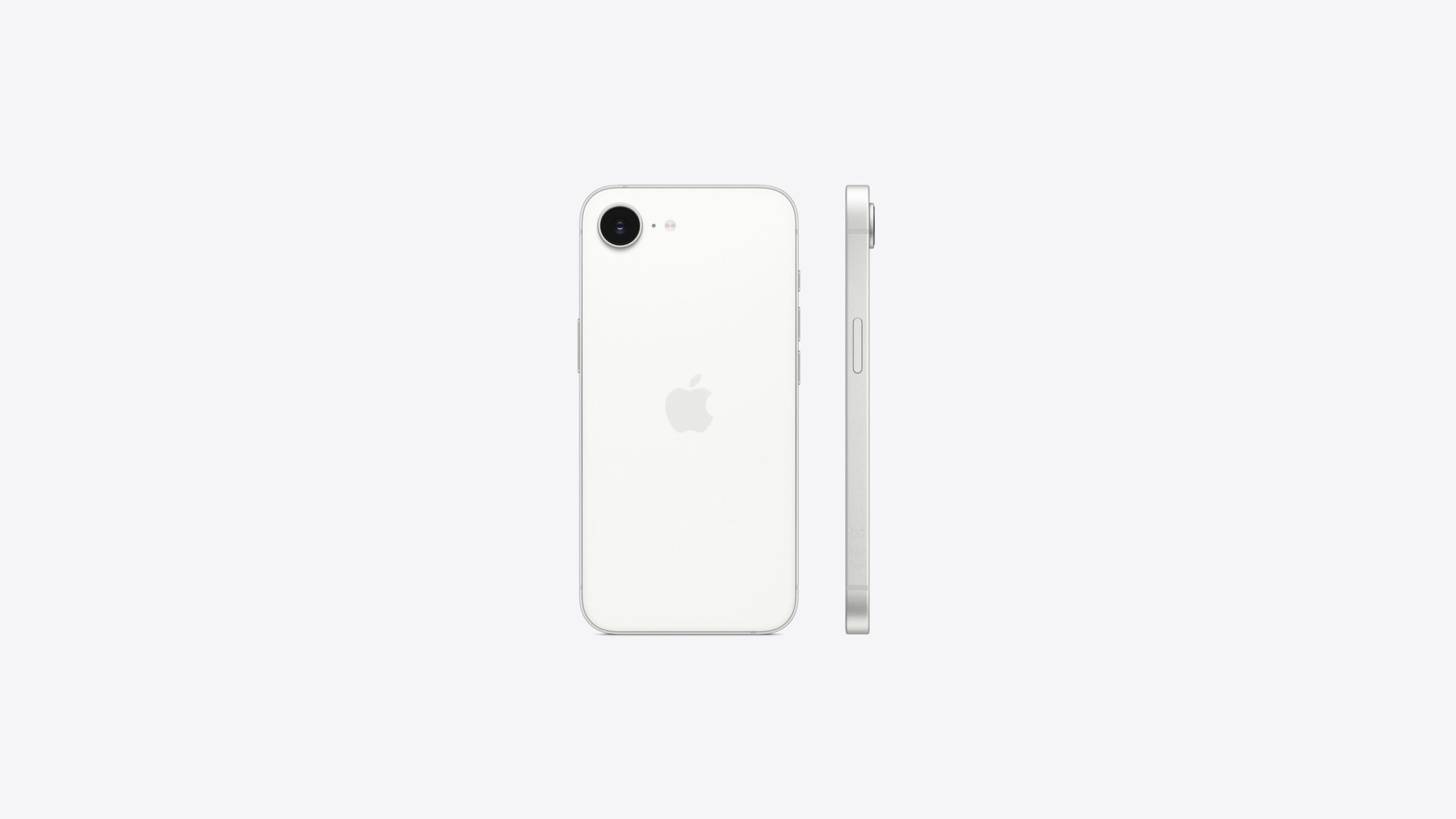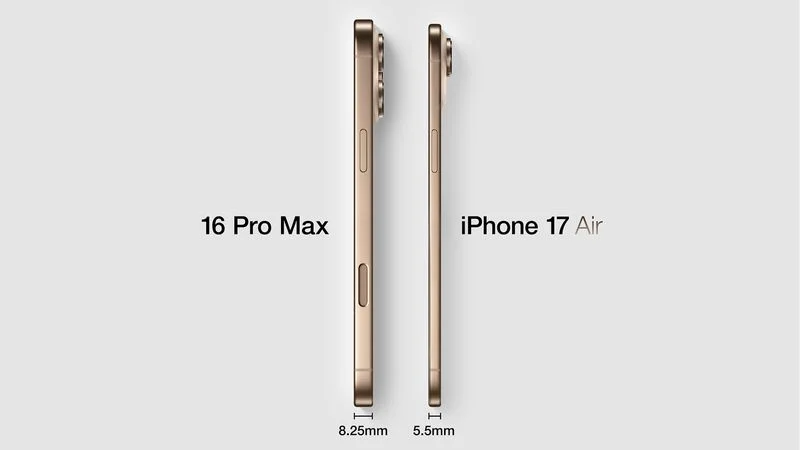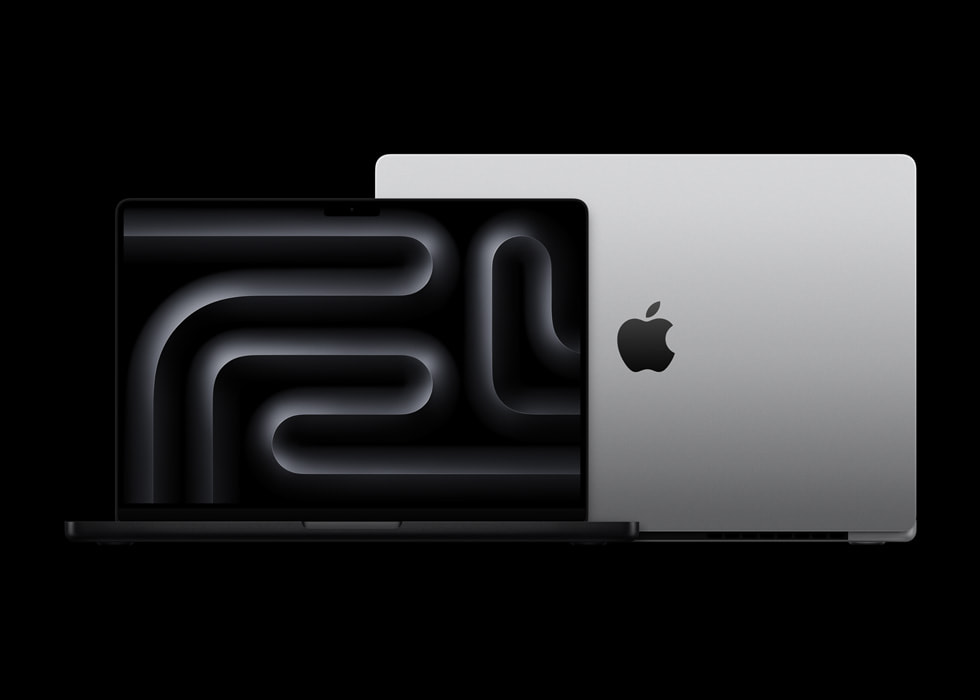Apple is working on something exciting for its next iPhone, called the iPhone 16e. This phone might come with a brand-new modem made by Apple itself, named the C1. A modem is the part of a phone that helps it connect to the internet and make calls. Right now, Apple uses modems from another company called Qualcomm, but they want to switch to their own design soon.
The iPhone 16e is expected to launch in early 2026. It could be a special version of the iPhone 16 lineup, designed to test this new C1 modem. Experts say Apple has been planning this change for a while. They even bought a part of Intel’s modem business back in 2019 to help them build their own tech. The C1 modem is said to be created using a 3-nanometer process, which means it’s super tiny but very powerful. This could make the phone faster and save battery life.
Why is Apple doing this? They want more control over how their phones work and don’t want to rely on other companies. The C1 modem might also mix in some cool features, like better satellite connections, so you could send messages or call people even without regular cell service. Testing it in the iPhone 16e will help Apple see if it works well before putting it in all their phones.
This isn’t the first time Apple has made its parts. They already design their own chips, like the A-series for iPhones and M-series for Macs, and those have worked out great. If the C1 modem does well, it could show up in more iPhones by 2027. For now, though, the iPhone 16e is like a sneak peek into Apple’s plans. Fans are excited to see if this new modem will make their phones even better!






